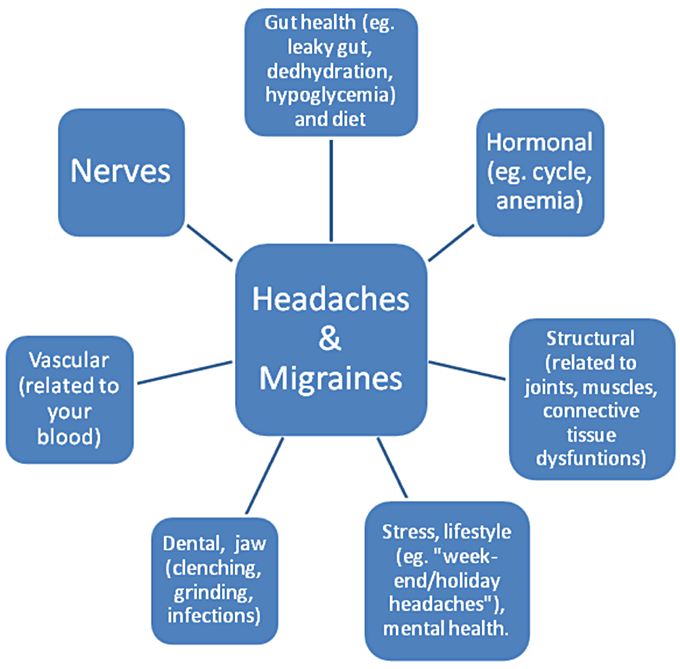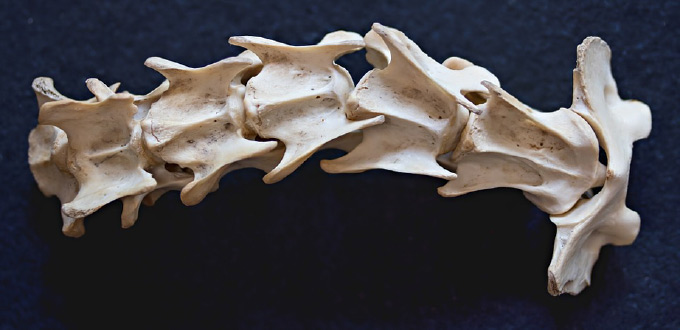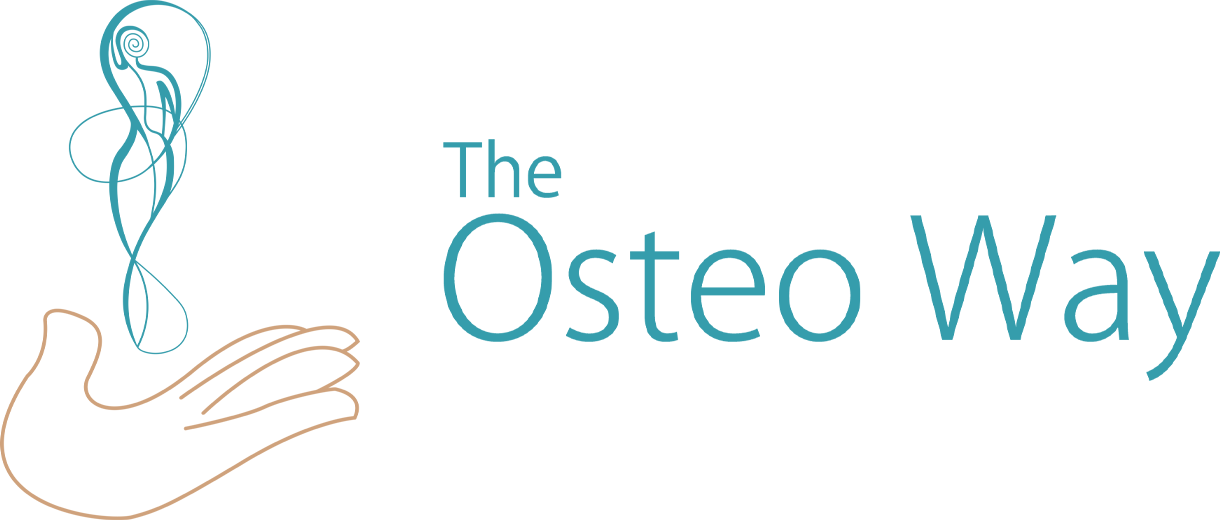Headaches can be, well, a headache to diagnose. If you’re one of those people that have sought to diagnosis the cause of a headache that always seems to come back, you’re not alone. The truth is there are a lot of different factors that can cause this kind of pain. In today’s article, osteopathic therapist Chloe Sardin explains a little bit about headaches, and then dives deeper into a specific form of headache called Arnold’s Neuralgia.
Matt came to the clinic complaining about a terrible headache that he has been experiencing for 3 years. The headache started on his upper neck, following his occipital (the cranial bone you lay on while sleeping on your back), parietal (the cranial bone above your ears), and finishing in his eyeball on the left side, causing sensitivity and a red eye.
One of the reasons why headaches and migraines are so difficult to treat for any health care professional is the multitude of the causes, including whether the root of the headache or migraine is a singular origin or a combination of factors. Some pathologies/symptoms are very specific to a diagnosis, making it easier for us to help our patients. Otherwise, we have to use a longer process of elimination to narrow down the root cause(s).

For this article we’ll explore one cause of headaches that Osteopathic therapists can help with called Arnold’s Neuralgia (or the greater Arnold nerve neuralgia).
The Arnold Nerve (or Greater Occipital Nerve) is coming from a branch of the second cervical vertebra (that comes from the spinal cord in the upper neck). The deep neck muscles are governed by this nerve which allows movement and the feelings of the scalp.
The main symptom of this condition is a headache:
- The symptoms happen spontaneously, but can be re-created by a local pressure, or some head movement.
- The pain is located in the back of the neck, and radiates to the top of the skull, and can sometimes go up to the eyebrow or behind the eye, and cause light sensitivity.
- The intensity of the pain is very acute, and seems like an ache, a throbbing pain, or a burning feeling, that can be continuous or intermittent.
- When the pain is constant, a local cause can be found: with dysfunction in the upper cervical (like a blockage of a cervical vertebra), with some inflammation related to rheumatology issues, or with a dysfunction at the base of the skull.
Chronic headaches are a common symptom for numerous conditions, that’s why Arnold’s Neuralgia is often misdiagnosed for a tension headache or a migraine leading to treatment failure.
After checking his body from spine, to joints, to visceral organs, I investigated his skull by checking the different sutures, fascias, muscles, tension membranes, and sinuses that had a link with his headache. All of these tests and association processes allow us to try to find relations between them, and treat the proper cause of the pain.
The assessment of the sacrum is important as it is in close relation with the occipital bone (at the bottom of the skull), because they are the two ends of the spinal cord which work as a team, a dysfunction of one will influence the other as a balance.
We often tell patients that it’s like fighting for the blanket: if someone is pulling it and you hold on, it will cause tension until somebody lets go, which for the body will mean an important dysfunction.
Our work is then to free the key vertebrae where needed in the back, make sure that the connection between the base of the skull and the cervical spine is not impaired allowing good blood flow and nerve function, then finish up by checking the cranium thanks to Cranial Osteopathy.

Matt came back three weeks later, saying that the pain was gone and it was amazing, but he felt like it was starting again after a month and it would be great to see me again. Since that second appointment, he has been pain free and can’t believe that a pain that he had endured for three years has gone that easily and he wished he had come to see me earlier!
You can book an Osteopathic appointment with me here or by calling the clinic at 403-910-1133.
